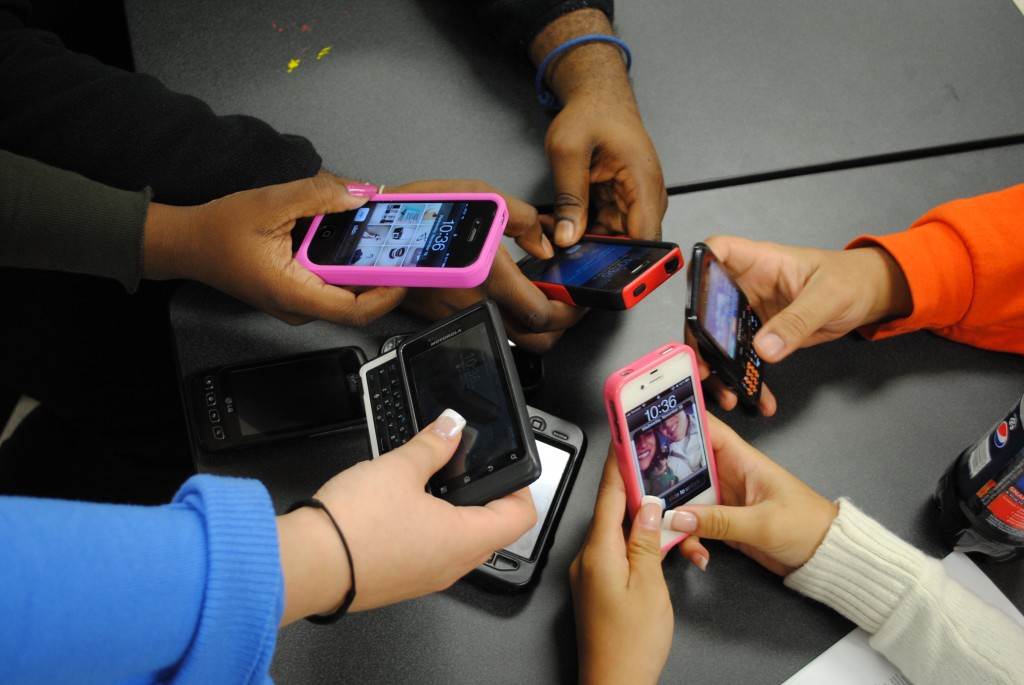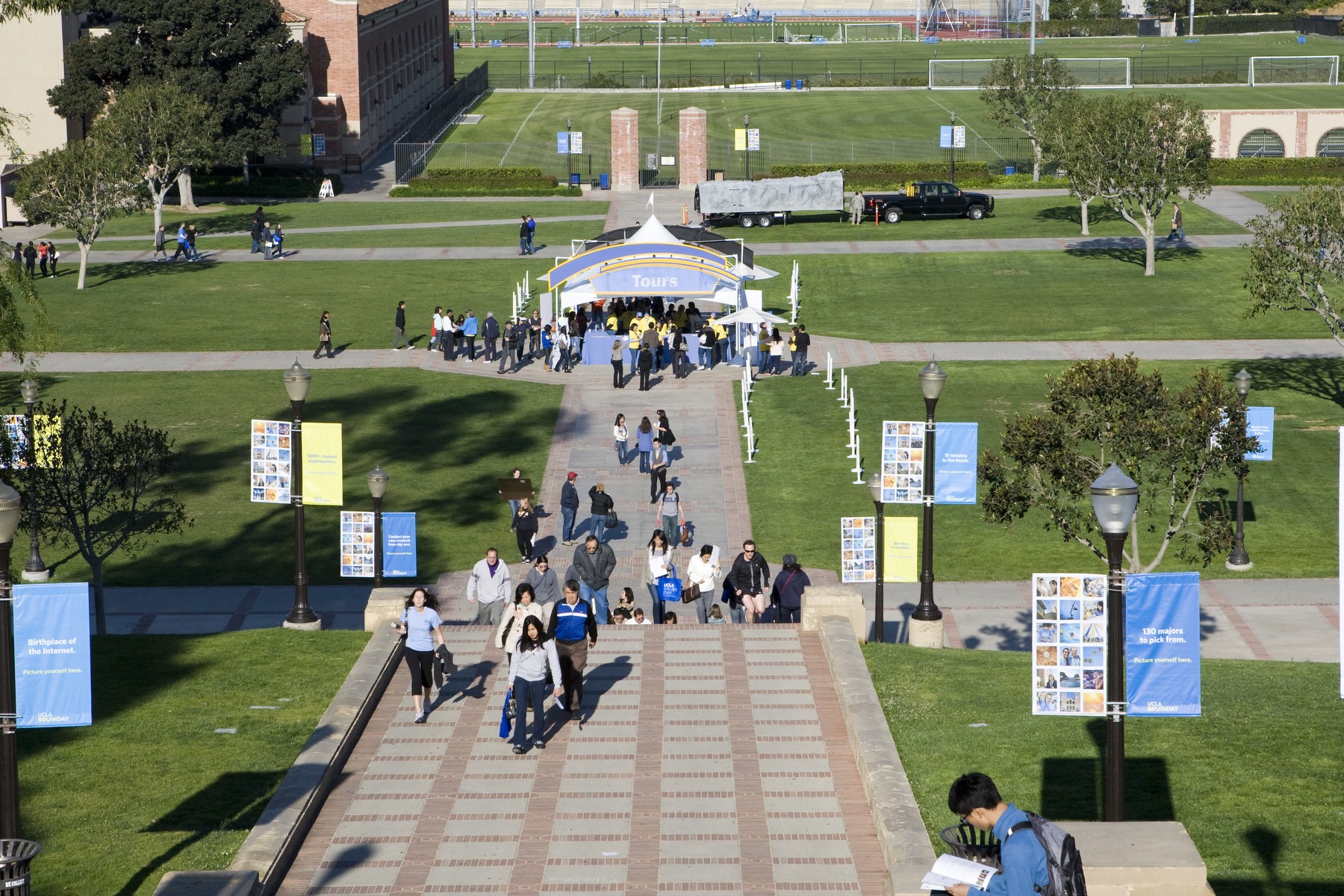Can a virtual community be considered a real community? Nina Tamaro, of the Huffington Post, sums up the meaning of community by stating “At the end of the day a community is made of individuals who are bonded together through beliefs, location or characteristics that make them feel accepted and heard” (par.1). This can be true for both online and face to face communities. However, there are differences in the dynamic of both, and this can affect the quality of the friendships that we build and try to sustain within that community. When we consider the dynamics and benefits of a face to face community, as compared to an online community, we see that the virtual community falls short in ways that make us question whether or not it is, in fact, a “real” community.
Today we are relying more on virtual community due to the convenience of socializing at any place or time during our busy lives. According to Andrew Perrin of the Pew Research Center, today 90% of young adults between the ages of 18-29 use social media compared to 12% in 2005, that’s a 78% increase. Among ages 30-49 there was a 69 point increase from 8% in 2005 to 77% today. In addition, the number of seniors aged 65 and above has more than tripled since 2010 when just 11% used social media. Today, they are at 35%. This is a significant increase all across the board. It is evident in this study that we are relying more on virtual community than ever before. When we are using social media more frequently, we are most likely cutting time out of our face to face interaction. This will create disappointment when it comes to the quality of the friendships that we are building or trying to make last.
In a virtual community, communication is limited. For most social networks that provide online community such as Facebook, Twitter, and Snapchat for example, we rely mostly on the other person’s words alone. In writing we can only put across our thoughts but not our attitude and tone of voice that are just as important behind the words that we are writing. There are the occasional emoticons and pictures, but those can only say so much. Sometimes, depending on who the reader is, they can be taken out of context. Lack of social cues is one disadvantage that can put a strain on building relationships within a virtual community. Susan Greenfield, a Research Scientist at Oxford University, has pointed out that “the real world of touch and phatics and eye gazing provides emotional richness that simply does not exist in the cyber world” (Ma p.35) . She brings up a good point; without this ‘emotional richness’ how can we provide the sense of understanding and empathy that is needed to give emotional support to the other person in this online friendship? In the virtual world we are able to censor our lives to show others only what we want them to see. We paint a picture of ourselves and our family that we know will be envied by others. We can easily withhold from sharing any information that will cause others to look down on us. This gives us a false sense of pride in a life that is self-edited and truly not the one we are really living. The virtual community is one that at times is deceiving.
A face to face community has many qualities that you would not find in a virtual community, one of them being the ability to get to know the people you are interacting with, not just who they appear to be online. Communication is clear with the use of body language and tone of voice. Physically being there with the person makes a difference. When we hug, or even hold hands with a person, we release endorphins that are beneficial to our health. They decrease our stress levels, regulate blood pressure and heart rate, and give us a sense of well being to name a few. We could never hug someone virtually and get that same effect. When you get together in a community and share a meal or take a bike ride, it can build memories and strengthen your relationship with the people you are having this experience with. Birthday parties, weddings and beach barbecues are all examples of ways that you can enjoy time together in person. In virtual community you’re not going to be able to enjoy any of these events the way you would in a real setting like the face to face community.
Virtual Community can negatively impact adults. When we are online we spend less time with the people in our lives, including our family and close friends. It can make us compare our lives to others, causing us to feel unfulfilled. Just as we can make our own lives seem picture perfect, others can do this as well. The posts that we see on Facebook might be friends on a Disney vacation, a picture of their newly purchased house or car, or maybe even their child’s straight “A” report card. These are all things that we “like” because they are our friends and we’re happy for them. In reality though, we are questioning our own lives. When was the last time we had a good vacation? When are we ever going to have money to get a new car or a house for that matter? Are we parenting our children right if they’re getting “B’s” and “C’s”? Naturally we compare our lives to theirs and it makes us feel inadequate. We get a sense that life’s passing us by and we’re missing out. We don’t see the struggles that they are dealing with on a daily basis. They are probably the same ones that we are dealing with and choosing not to share. We experience a loss of focus and aren’t present in our off-line relationships due to the information overload that multi-tasking brings. Google Inc. owned Dodgeball, which is an app that ties together instant message, social networking and wireless communication (Lavalee p.20). This can sometimes create the feeling of being too connected and can contribute to technostress. There is also the danger of trying to stay connected while driving. This has caused many accidents that have ended in injury and even death. Virtual community is enabling us to become socially lazy. Rather than sending someone a birthday card or taking the time to call and wish them a happy birthday, maybe even meet them for lunch, we post a “Happy Birthday” on their Facebook page. Being online can put strain on a marriage. If we text and chat with our online friends while we are with our significant other; they may feel that they are less important to us than the friends that we are communicating with. As parents, we are not fully present with our kids when we are in the online community. They rely on us to lead by example and what they are learning is that the online community is the new normal.
Turning to virtual communities is negatively impacting the relationships of teens and their families. According to a survey of teens in grades 8 thru 12, 98.6% of them have social networking accounts. The number of teens spending two hours or more per day is at 54.9%. When asked about the negative affect it has on their family interaction, 43.4% believe that they could spend more time with their families if they weren’t on social networks. When asked about family interaction, 58.7% say that they do not spend enough time with their family (Selami par.13). This is a sad realization, especially when your strongest connections are usually within the family unit, and now these teens are not getting the time they need from their parents and siblings. They may not be the only contributing factor though, as adults spend just as much time online as they do. In his article, Salgur Selami stated “Communication and interaction through social network sites do not form strong relations between individuals because they do not feel connected strongly compared to face to face communication” (par.12) When we are missing out on face to face communication with our family, our strong ties become weak ones.
Children and teens’ peer interaction is being negatively impacted by social media as well. Dr. David Lewis, a cognitive neuropsychologist at the University of Sussex writes, “Using twitter suggests a level of insecurity whereby, unless people recognize you, you cease to exist. It may stave off insecurity in the short term but it won’t cure it” (Ma p.28). In virtual community we are given this false sense of importance. We think that if we have 5,000 followers on Twitter we must be celebrities. We have 500 Facebook friends, but can really only count on 5 to be there when we need them. According to a poll taken in 2001, the average American was asked how many really close friends they had and the answer was 10. In 2014 the same question was asked and the answer was now 2 (Graham). What this is telling us is that while our online friendships are increasing, our meaningful face to face friendships are decreasing. This happens when we are spending so much of our time invested in these virtual friendships.
Virtual Community can be a positive experience in that it can enable the socially phobic to interact more. Some individuals are uncomfortable with eye contact or their appearance and just feel “socially awkward” around their peers. This virtual type of interaction helps them to feel safe and accepted. They don’t have to use their true identity so this encourages them to open up more about what is on their mind. When they need to reply to the other person, they can do it in their own time and think about what they want to say rather than being put on the spot. It also increases their knowledge of people from different cultures if they are able to follow diverse groups (Marley p.13). This provides a readiness for social interactions with those people. Social media sites can be an aide in starting a relationship whether it’s a friendship or even a romantic one. However, relationships in a virtual community can only go so far. This interaction does not teach them to socialize face to face in an off line community, so again it falls short of being considered a real community in that sense.
In his article “Understanding the psychology of twitter”, Moses Ma makes a statement: “The unfortunate reality is that we are a culture starved for a real community” (p.26). What this is telling us is that even now with all of the ways to stay connected online, we are still not getting enough “real” community. We are constantly looking to fill that void of experiencing a culture that comes from spending time and participating in life with friends and family in a face to face community. This is unfortunate because as human beings we crave real interactions with other people and although the virtual communities are giving us more accessible ways to keep in touch with friends, they aren’t giving us the real human interaction that we need.
Works Cited
Graham, Allison. “How Social Media Makes Us Unsocial.” YouTube. Uploaded by TEDx Talks, 10 November 2014, www.youtube.com/watch?v=d5GecYjy9-Q
Lavallee, Andrew. “Friends Swap Twitters and Frustration.” What is the Impact of Twitter, Edited by Roman Espejo, Gale, 2013, 19-24
Ma, Moses. “Understanding the Psychology of Twitter.” What is the Impact of Twitter,
Edited by Roman Espejo, Gale, 2013, 25-37
Marley, Justin. “Twitter is Transforming Social Relationships.” What is the Impact of Twitter, Edited by Roman Espejo, Gale, 2013, 10-18
Perrin, Andrew. “Social Media Usage: 2005-2015” Pew Research Center, Oct. 8, 2015 http://www.pewinternet.org/2015/10/08/social-networking-usage-2005-2015/
Salgur, Selami A. “How Does the Use of Social Networking Affect Family Communication of Teenagers?” Euromentor Journal, vol. 7, no. 1, 2016, pp. 21-32. , http://search.proquest.com/docview/1784859329?accountid=39859.
Tamaro, Nina. “How to Build a Community Online That Actually Cares About What You Have to Say.” Huffington Post, Feb. 26, 2016
http://www.huffingtonpost.com/nina-tomaro/how-to-build-a-community-_b_9331476.




